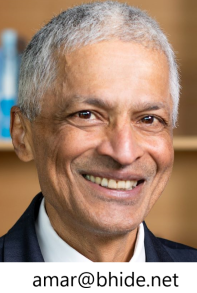Honesty in Pandemic Modelling
This fine post by Maria Chikina (Pitt) and Wesley Pegden (CMU) reaches important if unpalatable conclusions, including:
“There is a simple truth behind the problems with these modeling conclusions. The duration of containment efforts does not matter, if transmission rates return to normal when they end, and mortality rates have not improved. This is simply because as long as a large majority of the population remains uninfected, lifting containment measures will lead to an epidemic almost as large as would happen without having mitigations in place at all.”
To which Id add: draconian containment may be doing more social harm than good if a majority has already been infected.
And advocates of randomized testing: Which test? And who will administer them: send out the people who do household employment surveys? Imagine a can opener as the saying goes..
A simpler, harm minimizing alternative: strict norms/rules to treat people with ambiguous symptoms as presumptive Covid cases and keep them at home.. Also possibly people already in poor health and of advanced age.
April 2 update:
The media is beginning to catch up with the realities; an article in today’s Wall Street Journal reports:
“Health experts say they now believe nearly one in three patients who are infected are nevertheless getting a negative test result. They caution that only limited data is available, and their estimates are based on their own experience in the absence of hard science.
“That picture is troubling, many doctors say, as it casts doubt on the reliability of a wave of new tests developed by manufacturers, lab companies and the U.S. Centers for Disease Control and Prevention. Most of these are operating with minimal regulatory oversight and little time to do robust studies amid a desperate call for wider testing.”
Why should this surprise anyone?

Pingback: What South Korean/Taiwanese “successes” dont resolve. | Amar Bhide